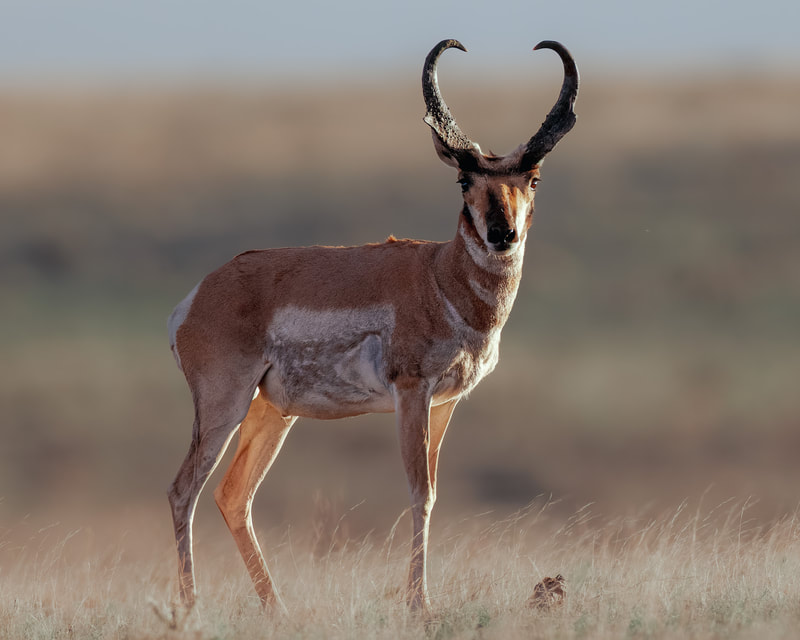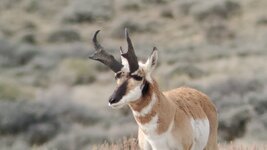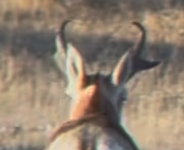- Banned
- #1
JJMarsh
FNG
- Joined
- Jun 5, 2025
- Messages
- 18
Spotting a true trophy antelope requires more than just finding the biggest horns on the prairie. The key lies in evaluating mass, prong formation, and overall horn shape at distance. Look for bases that appear thick compared to the ears, distinct upward-curving prongs, and horns that extend well beyond the ears when viewed broadside.
Many hunters overlook the importance of horn mass when field judging. A buck with shorter but heavier horns often scores better than a taller, thinner rack. Pay equal attention to the horn's rear curve - the best trophies maintain consistent mass from base to tip.
What's your preferred method for estimating pronghorn size? Any tricks for judging at extreme distances in mirage?
#PronghornHunting #TrophyAntelope #FieldJudging #SpeedGoat #HuntingTips
Many hunters overlook the importance of horn mass when field judging. A buck with shorter but heavier horns often scores better than a taller, thinner rack. Pay equal attention to the horn's rear curve - the best trophies maintain consistent mass from base to tip.
What's your preferred method for estimating pronghorn size? Any tricks for judging at extreme distances in mirage?
#PronghornHunting #TrophyAntelope #FieldJudging #SpeedGoat #HuntingTips



